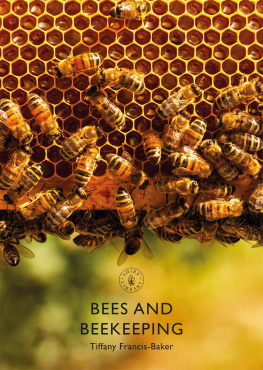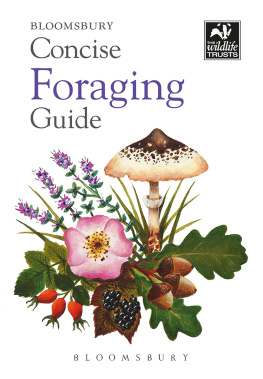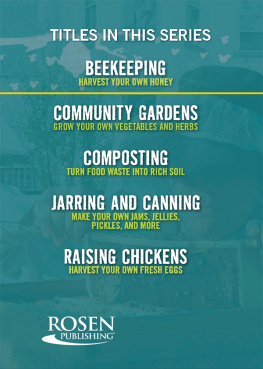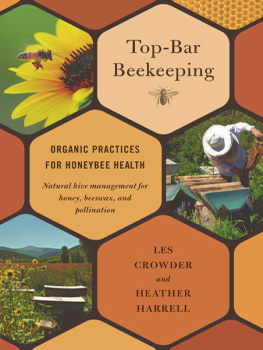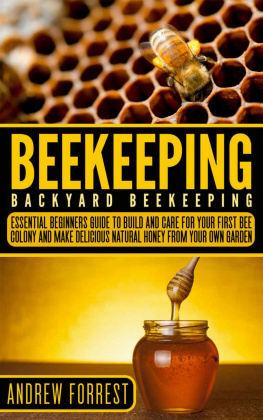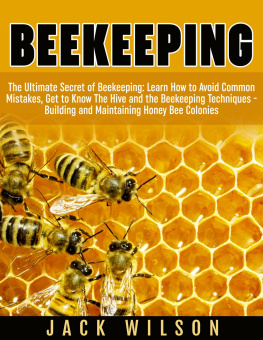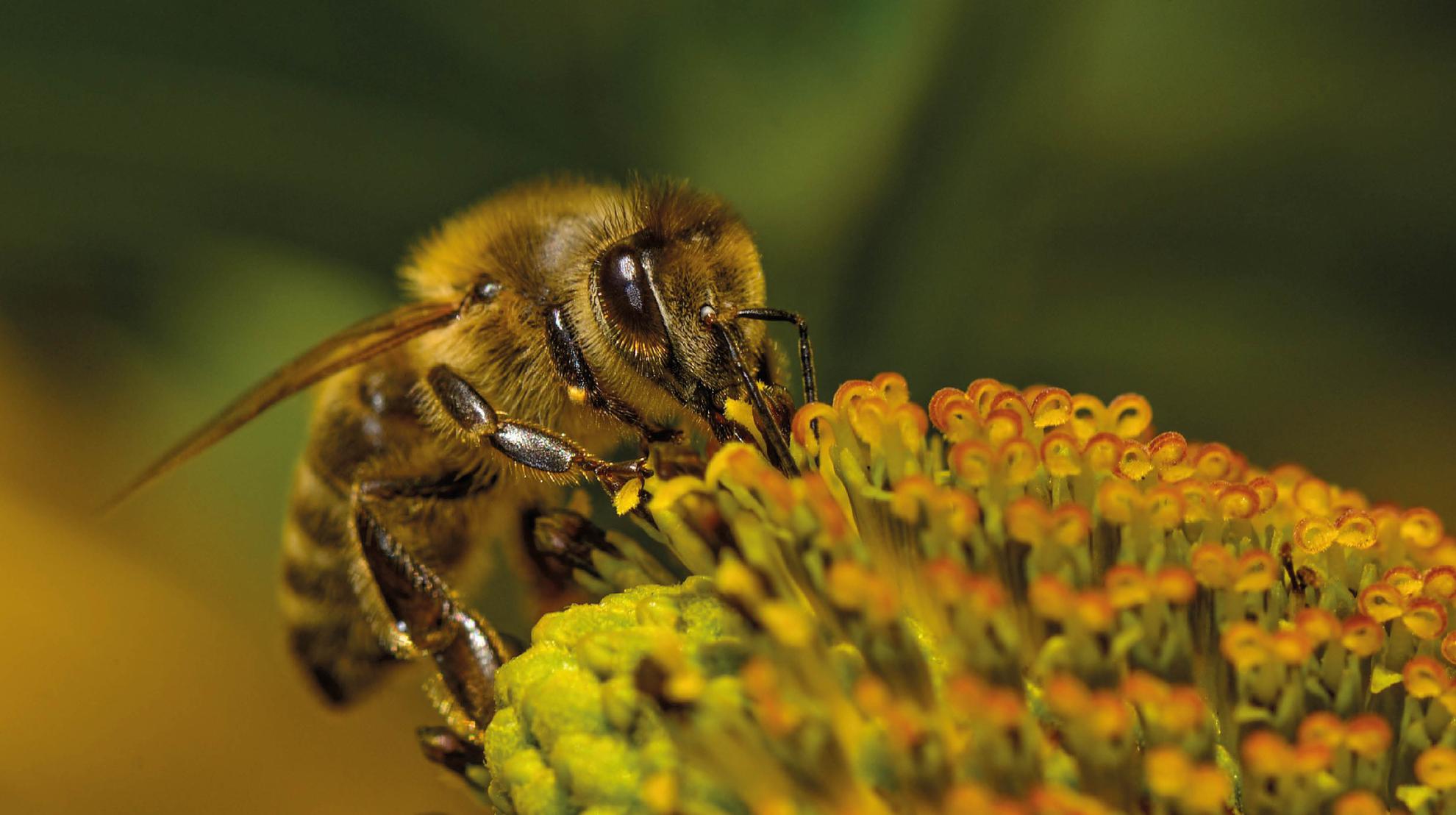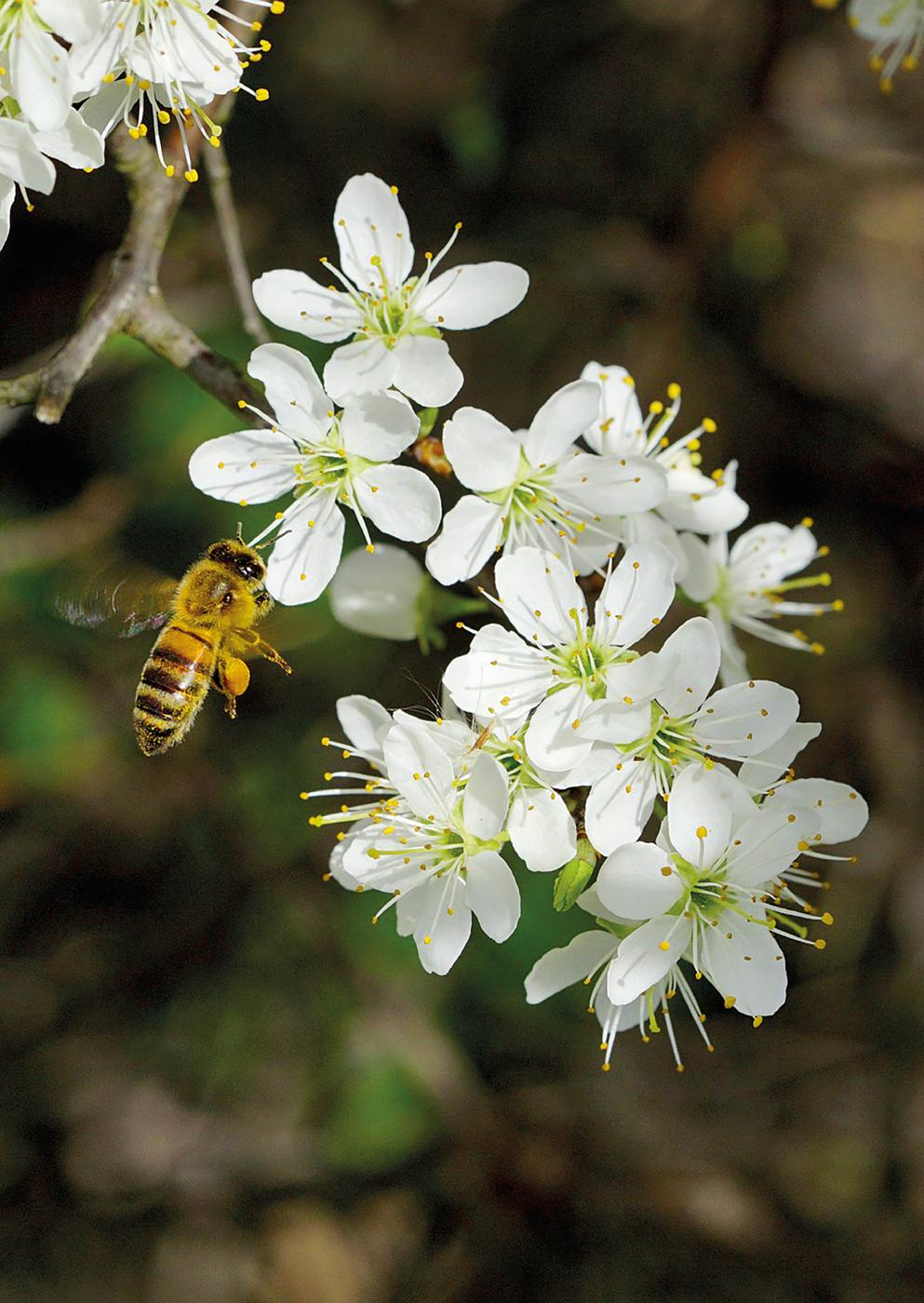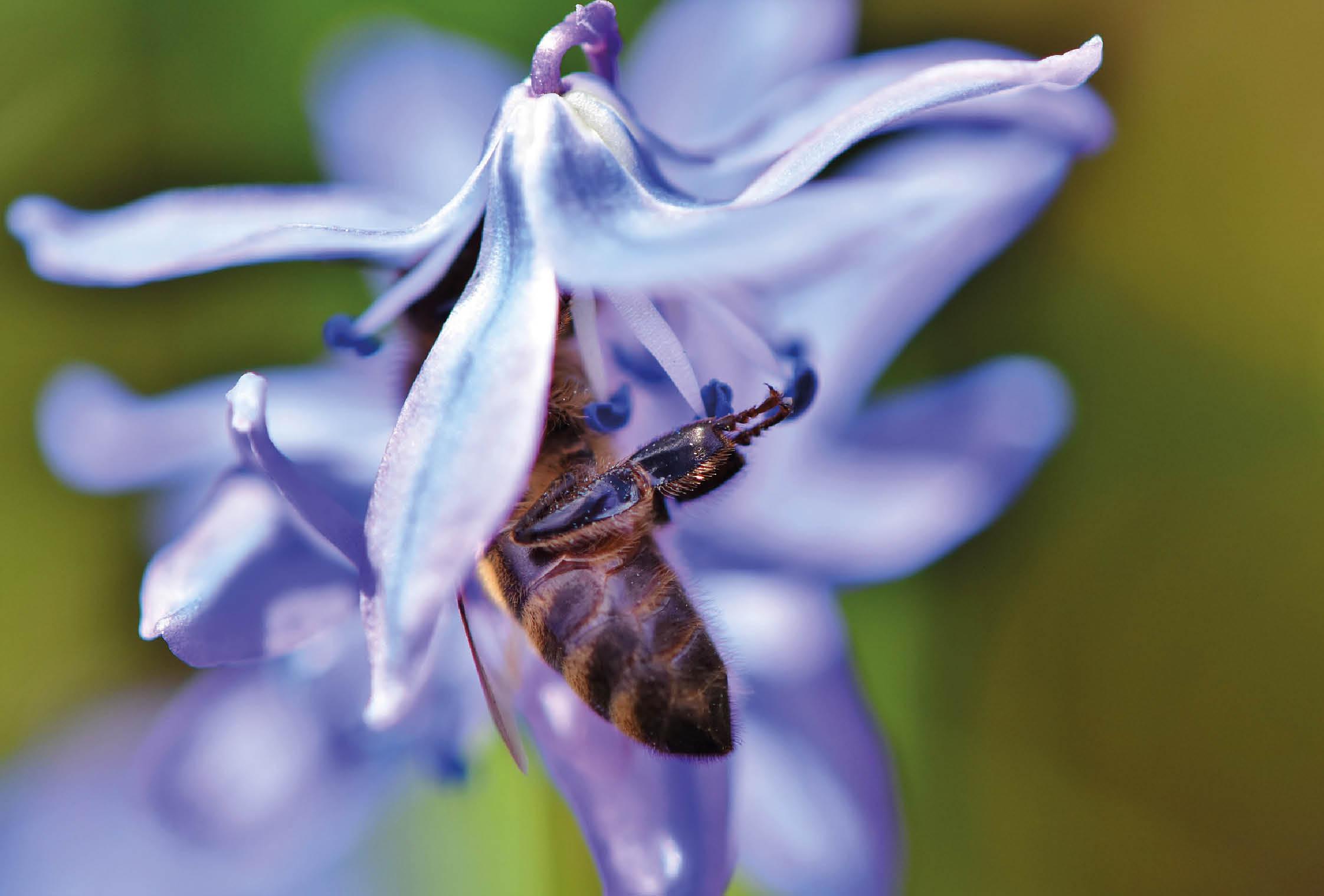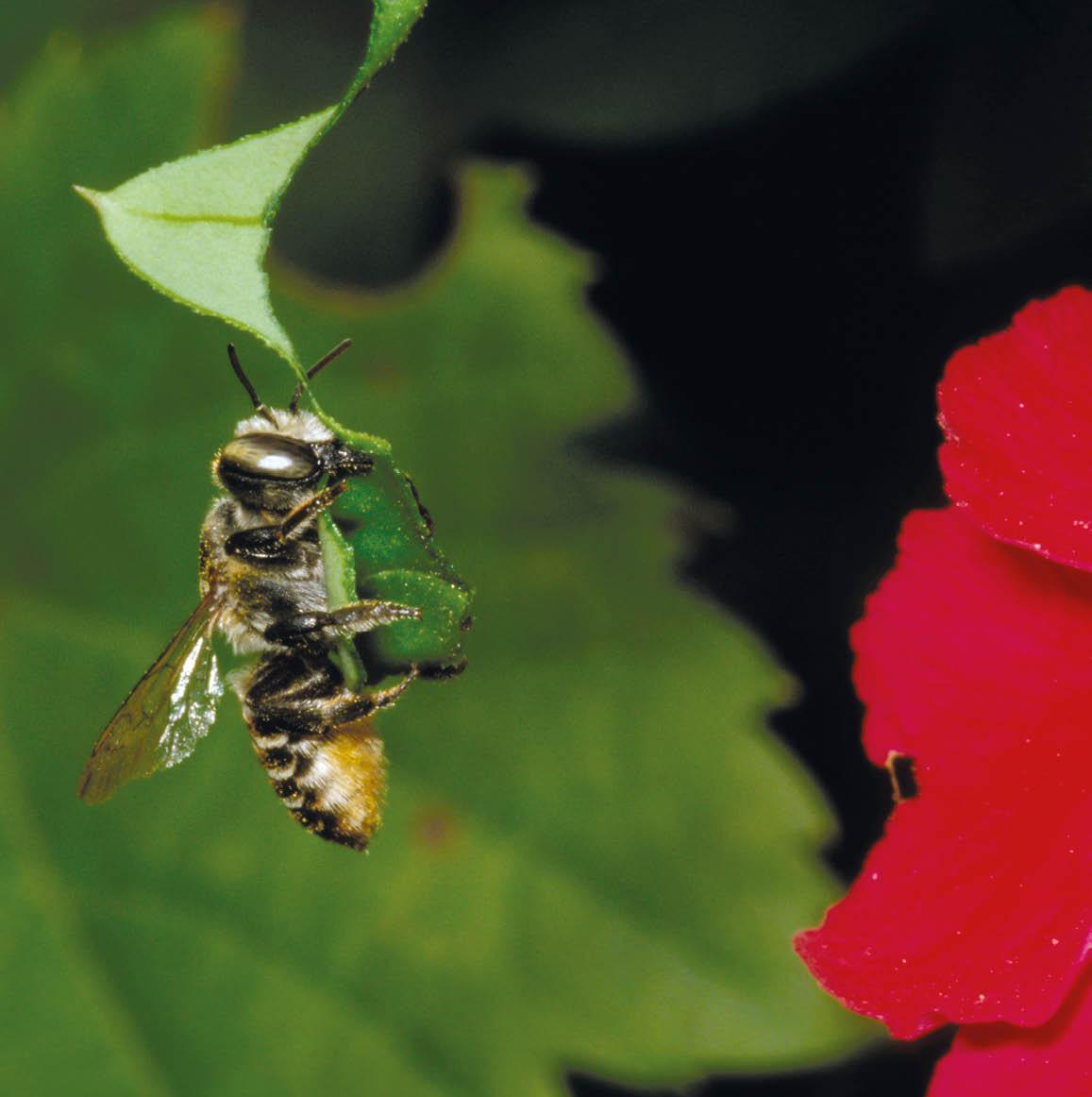Tiffany Francis-Baker - Bees and Beekeeping
Here you can read online Tiffany Francis-Baker - Bees and Beekeeping full text of the book (entire story) in english for free. Download pdf and epub, get meaning, cover and reviews about this ebook. year: 2021, publisher: Shire Publications, genre: Religion. Description of the work, (preface) as well as reviews are available. Best literature library LitArk.com created for fans of good reading and offers a wide selection of genres:
Romance novel
Science fiction
Adventure
Detective
Science
History
Home and family
Prose
Art
Politics
Computer
Non-fiction
Religion
Business
Children
Humor
Choose a favorite category and find really read worthwhile books. Enjoy immersion in the world of imagination, feel the emotions of the characters or learn something new for yourself, make an fascinating discovery.
- Book:Bees and Beekeeping
- Author:
- Publisher:Shire Publications
- Genre:
- Year:2021
- Rating:4 / 5
- Favourites:Add to favourites
- Your mark:
Bees and Beekeeping: summary, description and annotation
We offer to read an annotation, description, summary or preface (depends on what the author of the book "Bees and Beekeeping" wrote himself). If you haven't found the necessary information about the book — write in the comments, we will try to find it.
The essential primer on the role of honeybees in British history, covering biology, folklore, the history of beekeepingand the danger to bees posed by climate change.
One in every four bites of food we eat is thanks to bees. They pollinate 80 per cent of the worlds crops and plants, but how much do we really know about them? Small, clever, and mysterious, the honeybee has long been celebrated in human culture as a sacred insect, a symbol of the sun, bridging the gap between our world and the next. They are expert communicators, skilled aviators, and natural alchemists, turning fresh nectar into sweet, golden honey. They are also in trouble and need our help. This guide explores their historic relationship with humans, the basics of beekeeping, and how we can help save our honeybee populations.
Tiffany Francis-Baker: author's other books
Who wrote Bees and Beekeeping? Find out the surname, the name of the author of the book and a list of all author's works by series.

